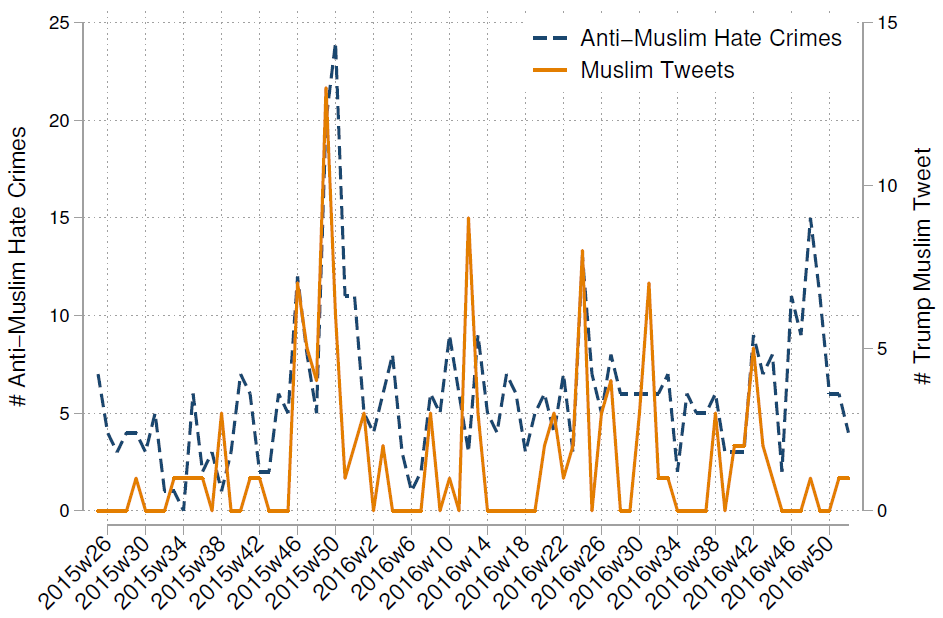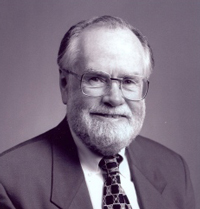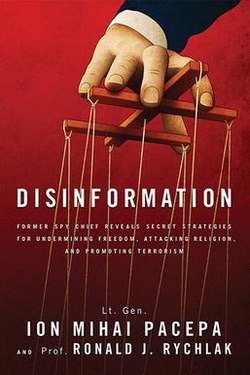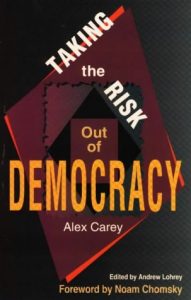Continuing from Ascension of Isaiah: Questions. . . .
. . . .
Is the “pocket gospel” (an account Jesus’ earthly birth and crucifixion in 11:2-22 of the Ascension of Isaiah) an original part of the Ascension of Isaiah and not a later interpolation?
In the previous post we looked at one disputed reason to think so. Here we look at a couple more. (Like the first reason addressed these are taken from an early commentary on the Asc. Isa. by R.H. Charles.)
In the pocket gospel we read that no-one on earth recognizes who Jesus is, neither when he is a newborn arrival into the world nor when they crucify him. A long-standing argument that this mini-gospel of Jesus’ birth and death is original is that this theme of ignorance fits in nicely with the rest of the Asc. Isa..
Before we come to the pocket gospel in chapter 11 we read in chapter 9:
14. And the god of that world will stretch forth his hand against the Son, and they will crucify Him on a tree, and will slay Him not knowing who He is.
Even more often stressed in the lead up to chapter 11 is that no-one, no angel, no demon, will recognize Jesus as he passes through the lower heavens. Jesus will look no different from any of the other inhabitants of those spirit worlds. Thus in chapter 10:
9. And thou [God speaking to his Beloved, Jesus] wilt become like unto the likeness of all who are in the five heavens.
10. And thou wilt be careful to become like the form of the angels of the firmament [and the angels also who are in Sheol].
11. And none of the angels of that world shall know that Thou art with Me of the seven heavens and of their angels.
12. And they shall not know that Thou art with Me, till with a loud voice I have called (to) the heavens . . .
The disputed passage, the pocket gospel of 11:2-22, contains these matching statements:
12. And the story regarding the infant was noised abroad in Bethlehem.
13. Some said: “The Virgin Mary hath borne a child, before she was married two months.”
14. And many said: “She has not borne a child, nor has a midwife gone up (to her), nor have we heard the cries of (labour) pains.”
And they were all blinded respecting Him and they all knew regarding Him, though they knew not whence He was.
and
18. And when He had grown up he worked great signs and wonders in the land of Israel and of Jerusalem.
19. And after this the adversary envied Him and roused the children of Israel against Him, not knowing who He was, and they delivered Him to the king, and crucified Him, and He descended to the angel (of Sheol).
Now for the reason for thinking the latter passages are part of an interpolation:
If an editor wanted to continue to with the lack of recognition theme then it seems to be unlikely he would introduce details that seem to make that lack of recognition implausible. Why not simply continue the Asc. Isa. theme of having the Beloved look no different from those around him? That’s enough elsewhere. Why then have the Beloved appear in vision performing remarkable miracles that surely must give his identity away? One could go further and note that Jesus’ birth in Jerusalem was certainly not kept secret from anyone.
If the only purpose of the Beloved not being recognized was to have him killed so he could enter Sheol and recapture the dead back to life, thus defeating the power of the Angel of Death, then what point could there be to introducing other details of Jesus’ earthly sojourn that had to have been kept hidden? In the undisputed sections of the Asc. Isa. the Beloved’s identity is hidden by means of changing his appearance. In the disputed passage, however, we appear to see quite a leap: the Beloved does things that must surely reveal his identity but miraculously God somehow stops people from “knowing who he is”.
Another problematic detail is in 11:21
20. In Jerusalem indeed I saw Him being crucified on a tree:
21. And likewise after the third day rise again and remain days.
If Jesus is shown to have “remained days” on earth after his resurrection then we have another contradiction with the stated theme of the larger Asc. Isa.. The “Beloved” is said in the larger Asc. Isa. to descend for the purpose of defeating the power of death. His death is his ticket of access to Hades. Once done, he is said to ascend back to the seventh heaven. Conclusion: there is no place for introducing a longer stay on earth after his resurrection. Such a detail must be an addition from later orthodoxy. It flies in the face of the otherwise stated point of the Beloved’s descent, death and return in the Asc. Isa..
Such are more reasons James Barlow advances in this instance for interpolation. If I have misrepresented the point I would appreciate a correction. Barlow suggests that Charles appeals to orthodox faith as the measure of authenticity: when Charles expresses dissatisfaction that the shorter version of Asc. Isa. contains no details of the crucifixion, descent to Sheol and resurrection on the third day, he is arguing in a pious circle. That is, he cannot accept an original story that lacks what he thinks should be in it.
Further, we read in the last line of this disputed passage, v.22
and I saw when He sent out the Twelve Apostles and ascended.
James Barlow suggests that this detail is surely late. In our Gospel of Mark we read that Jesus sent out the Twelve very early in his career, in chapter 3, not after his death. In the book of Acts the Twelve are “sent out” by being commanded to remain in Jerusalem.
So there is clearly room for doubt about the authenticity of the pocket gospel’s authenticity.
Are there counter-reasons to think that the passage is original?












